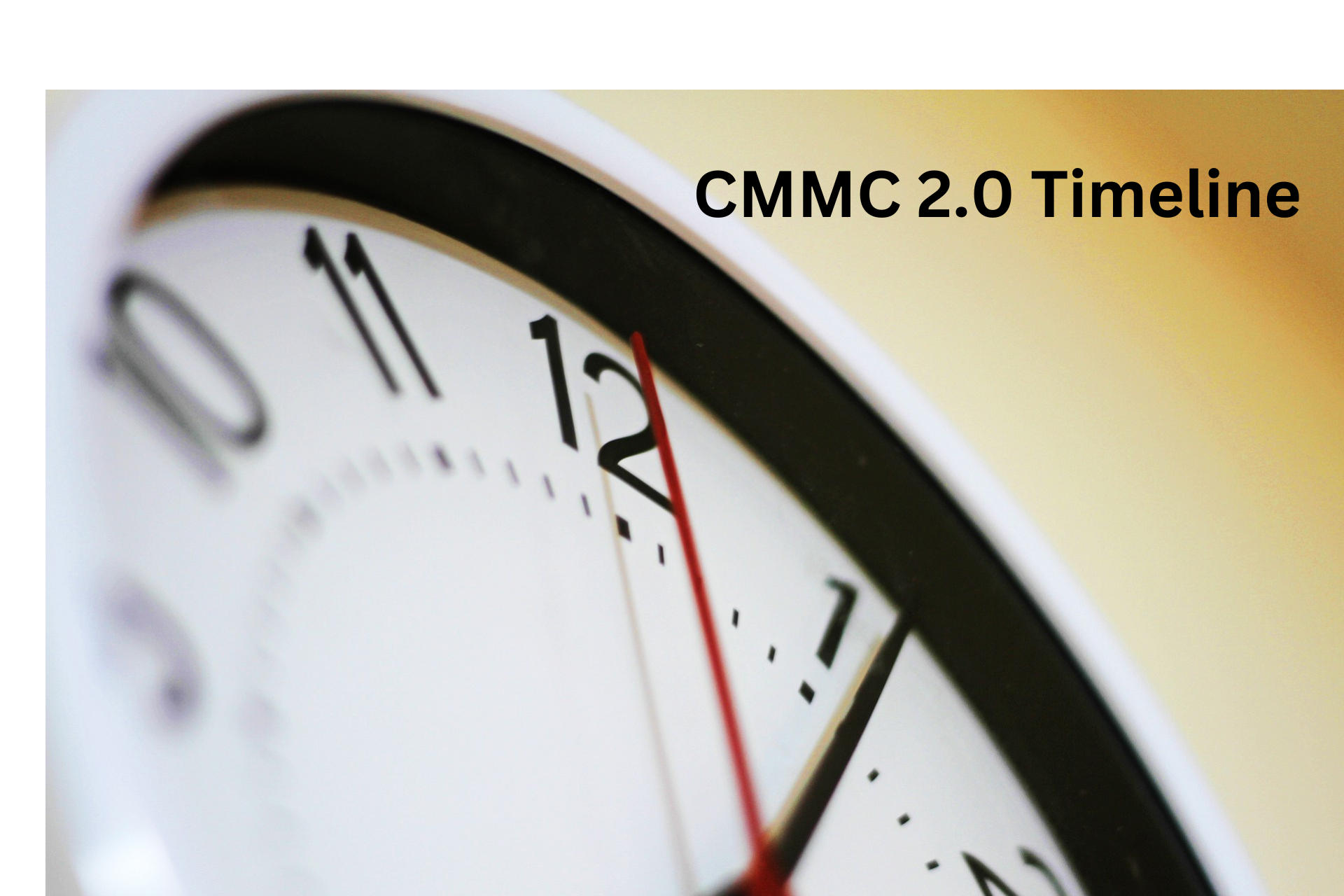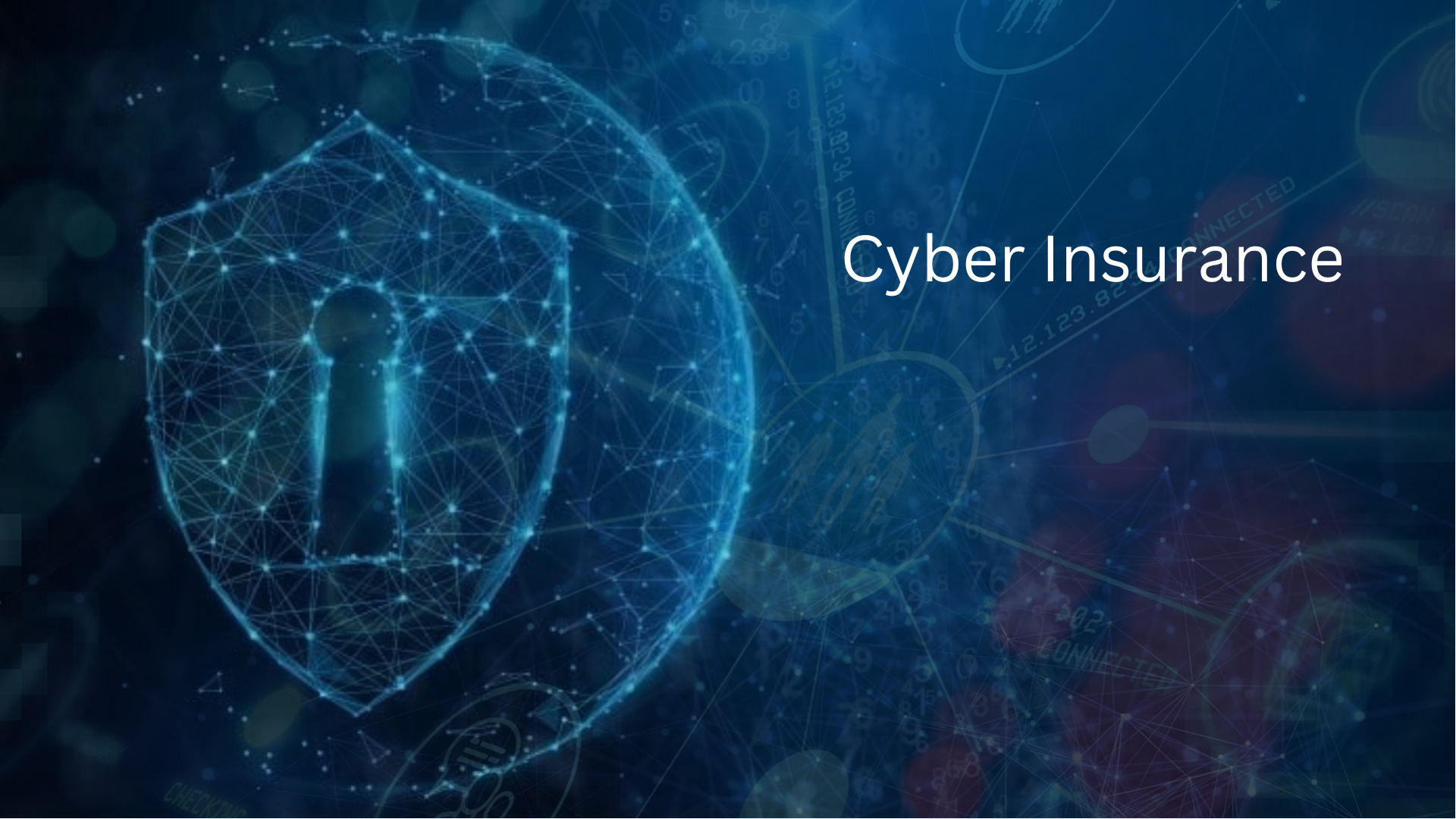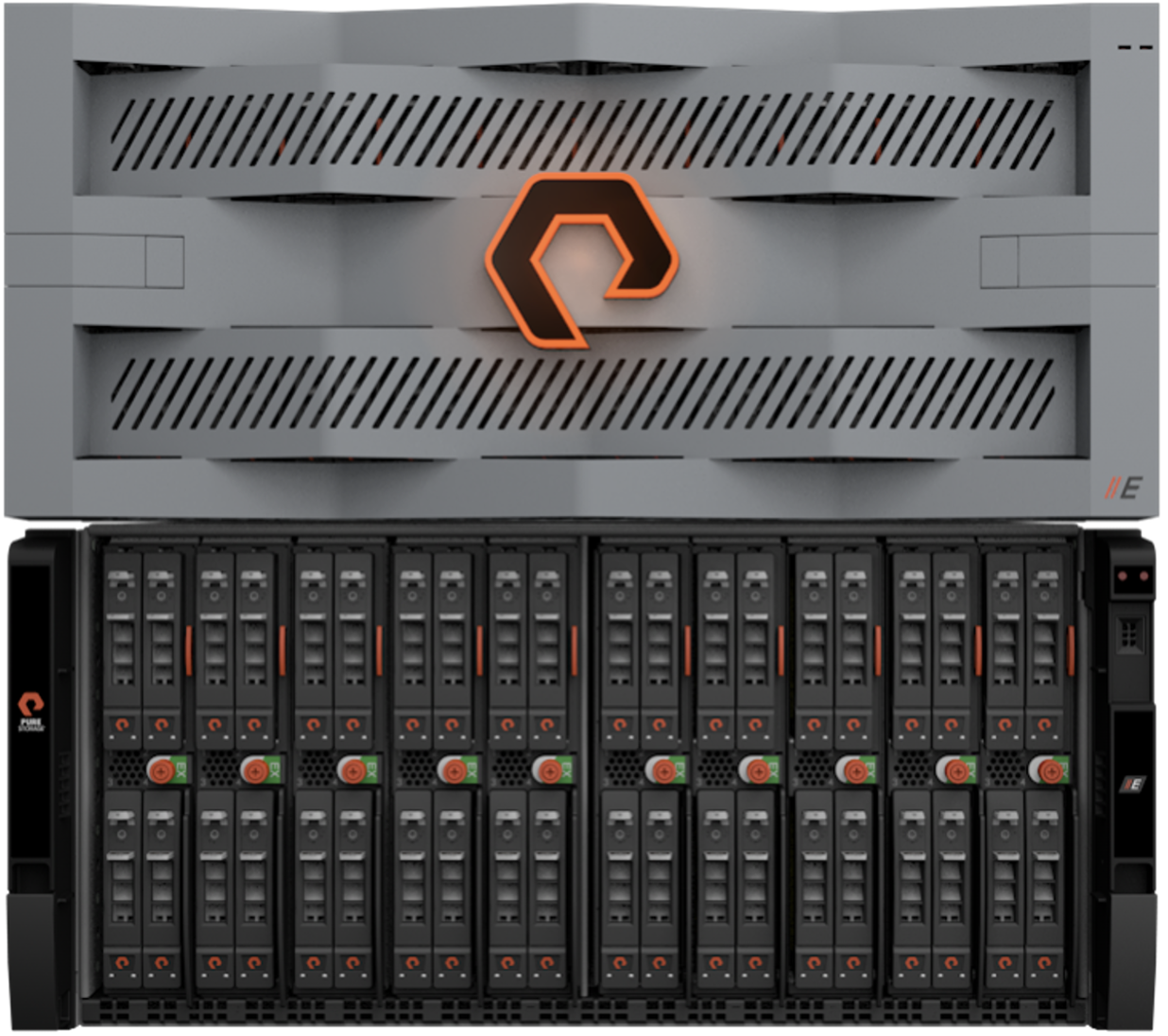There’s no doubt that Generative AI is an extremely disruptive technology, shaking up nearly all industries and rapidly being deployed in businesses today. For anyone paying even the slightest bit of attention to what’s happening in Generative AI, the recent hype surrounding OpenAI is impossible to ignore. GPTs (Generative Pre-Trained Transformers) are multimodal large language learning models that are essentially machine learning algorithms that respond to input with human-like text.
The enhancements in GPT-4 over the previous 3.5 version, such as image recognition, advanced reasoning, increased accuracy, and multilingual support, to name a few, are remarkable. The ability to handle increased complexity and understand nuanced instructions delivers dramatic results. OpenAI reports being able to create a functional website from a drawing on a piece of paper in minutes and scoring in or near the top 90th percentile on standardized tests like the SAT, LSAT and GRE.
How to Leverage OpenAI, Including ChatGPT-4, Safely and with Scale:
Read More












